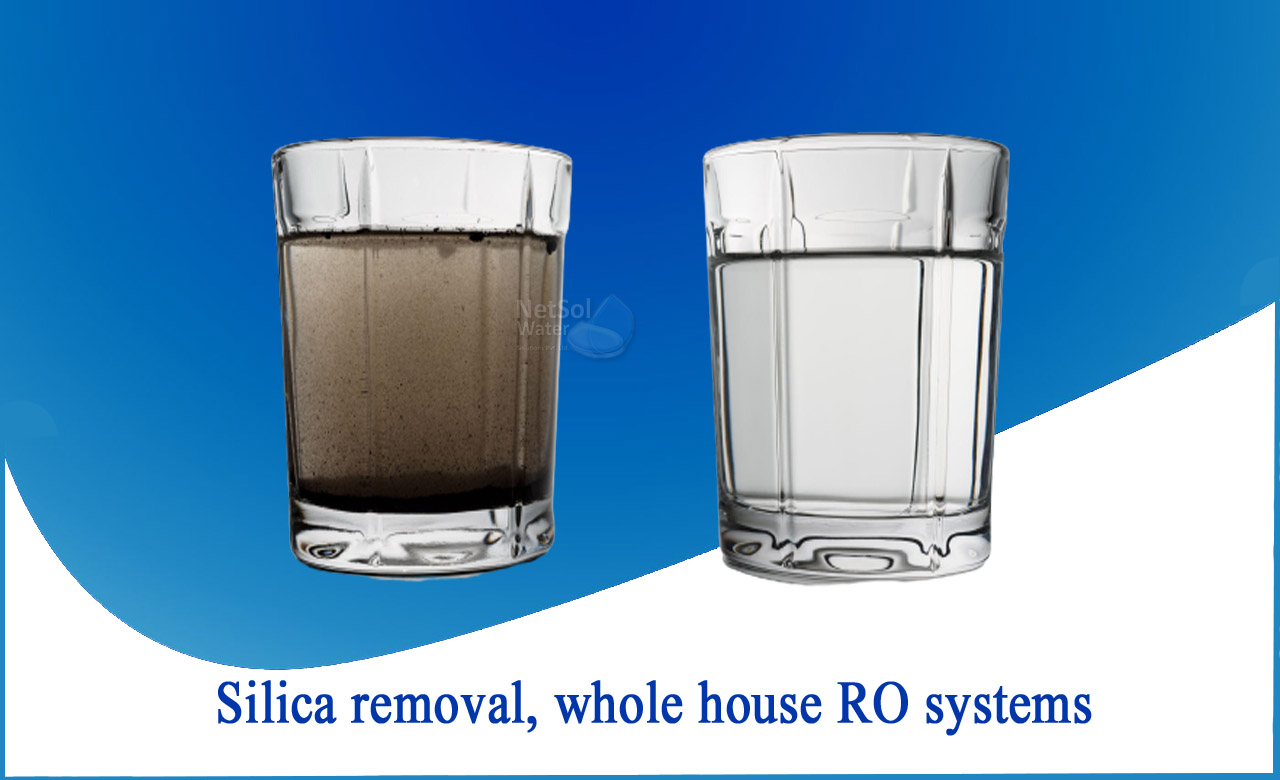Silica is a compound of silicon and oxygen. It’s a hard, glassy mineral that comes in forms like sand, sandstone, quartz and granite. It can also be found in the skeletal remains of animals and plants.Silica is the second most abundant element on earth after oxygen, which makes it a common contaminant. When water washes over rocks and minerals, it picks up the traces of silica and ca rries them with it.
These tiny little mineral deposits had made their way into the couple’s home and were causing all their issues. They were scraping their shower walls and glassware and clogging their plumbing. But those were not the only problems it was causing for the couple. The silica was also putting their health at risk!
The health risks came from the water in the couple’s steam shower. At high enough doses, steam showers atomize silica, making it harmful to the lungs if inhaled. Tile cutters know this risk all too well, which is why they wear protective masks when cutting silica-rich tile. Clearly, this silica problem needed a quick solution. And we all know that only a whole house reverse osmosis system would do the trick.
WHY REVERSE OSMOSIS?
It’s because RO works by pushing water through a semi-permeable membrane. The membrane traps the silica and other contaminants while allowing the water to continue to the faucet. No other filter can trap silica quite so effectively.
Plus, a quality RO system doesn’t just remove harmful contaminants like silica from the water. It also adds essential minerals, like calcium and magnesium back into the water. As a result, the water is not only contaminant-free but also much healthier after going through the RO process.
With an understanding of diffusion, we can move onto osmosis-
Again, imagine a closed system divided into two sections each filled with different concentrations of water and solute (any substance that’s dissolved in solvent to create a solution, like salt dissolving in water to create saltwater). The sections are divided by a semipermeable membrane, which is a barrier that lets some molecules through but not others.
Water molecules are much smaller than most solute molecules, so they’ll be able to move through the membrane. The solute molecules, because of their charges and because their size can block openings in the membrane, trap water molecules on their side. As a result, water accumulates on the side with the higher concentration of solutes instead of diffusing evenly.
There are plenty of water filters out there, but not all of them can remove TDS (total dissolved solids). Enter reverse osmosis, a highly effective form of filtration that can reduce TDS by more than 99.9%, resulting in virtually pure water.
While the most common type of reverse osmosis system is designed solely to improve drinking water quality, the increased demand for whole-home reverse osmosis solutions has led to an increase in these products on the water treatment market.
NETSOL REVERSE OSMOSIS SYSTEMS provides you with the best services and maintenance and have been dominating in the Indian market to make sure only the best reaches you.



